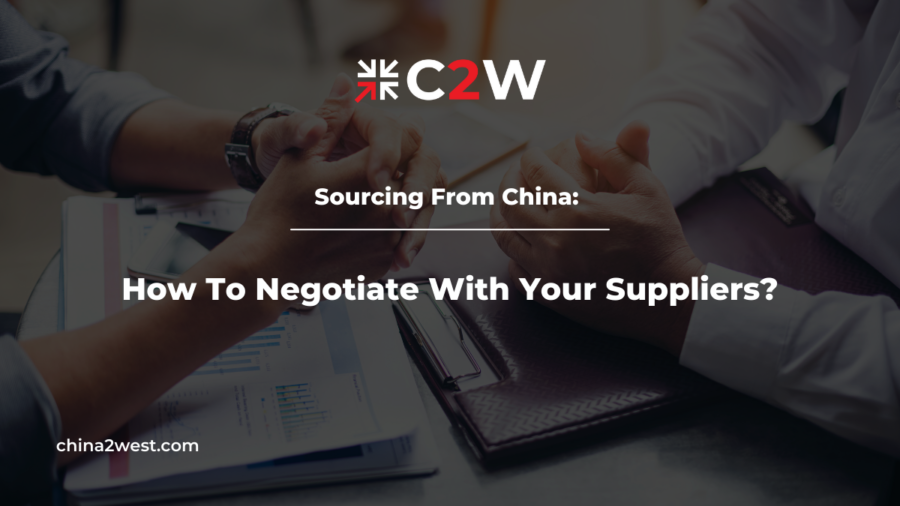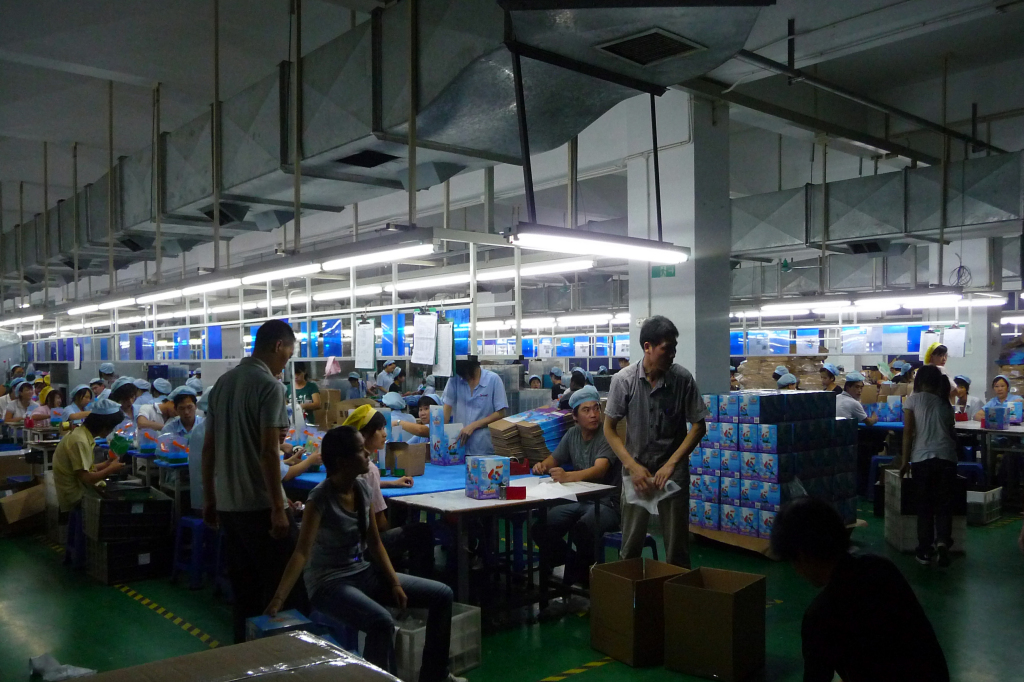Sourcing from China, in particular, has seen an enormous boom over the last decade, with the cheap cost of labor and production boosting many Western businesses to outsource their needs to China.
However, it’s not as simple as making an order and expecting to receive your products. You need to know exactly what you want, how much you’re willing to pay for it, and what you expect from your supplier before you start production with them so that your expectations are met when the product arrives.
In this guide, we will explore the key terms you need to negotiate with your chosen supplier, how to retain some leverage over them and control your project, and how the quality standard and samples are crucial to assuring you get the products you expect from your supplier once they start production.
MOQ
MOQ stands for Minimum Order Quantity, and it’s basically a requirement that you purchase a certain number of units per order.
There is no one-size fit standard for MOQ, which depends on your products and the requirements. It is usually quoted in hundreds or thousands. Some suppliers won’t work with MOQs smaller than 1000 units, which is great if you have big projects or lots of inventory in hand.
Without an MOQ, there is no way for suppliers to verify that it’s even worth creating an item for your business — and they have no motivation to offer competitive pricing if they are not going to sell much of it.
Order Lead Time
If you’re planning a big project, it’s important to understand how long it will take for your supplier to produce your product.
Your order lead time is affected by many variables, such as whether your order is made-to-order or inventory ready, and if any seasonal variations affect production times.
When your supplier doesn’t mention your order lead time, it’s a good idea to put an expected delivery date on your project in the cooperation contract.
Focus on getting everything in writing and make sure you have samples before making any payment commitments. That way, if they don’t come through with what they promised (which is more likely than not), you can take action against them without losing out financially.
IP Protection
Intellectual property is a tricky thing.
If somebody created an identical imitation of your product that looked exactly like yours and they could sell it at a fraction of your price, would you be mad?
So, while sourcing parts from China, it’s important to know if your supplier will infringe on someone else’s intellectual property (IP) or copyright.
Likely, a new sourcing company would knowingly sell something they know is infringing on another’s IP, even an honest mistake could lead to hefty fines.
Therefore, if you have a unique product or one with custom functionality, you should be careful to stop the supplier from being able to sell it to others.
Our advice is that you should sign an NNN agreement which is Non-disclosure, Non-use and Non-circumvention. Also, you should sign a product development and/or manufacturing agreement with the supplier to protect your IP.
Color Option
When sourcing from China, you may find that some suppliers are limited in their color range, which may not meet your unique needs.
If your product is intended for an upscale market or is likely to be displayed in an environment with a lot of competition, consider asking your supplier beforehand whether they can provide a choice of colors or not.
Also, you need to make sure that your chosen color is available and that its range can accommodate small changes in hue as well as large differences. To ensure things go smoothly, it may be best for you to agree on a sample with your supplier before production begins.
What’s more, we recommend that you describe the color in a detailed way if you want to take out all of the guesswork.
In this case, the Pantone color system is a good option. Pantone colors are described by their allocated number, for example, PMS 205, is pink. This is a good idea to specify and control colors for your project.
Payment Terms
If you want to get your hands on a product as soon as possible, payment terms may be an issue.
If you’re not careful about how your products are priced and payment is due, suppliers could end up keeping your money and delivering poor-quality goods or nothing at all.
There are several things to consider when negotiating payments with suppliers when sourcing from China. These include currency exchange rates, the credit quality of overseas suppliers, and penalties associated with late or nonpayment.
For example, an inexperienced or over-confident buyer may pay 100% in advance, but this is a terrible idea. The reason could be that supplier persuades you to pay in full so they promise that they can get things done faster.
Our recommendation is to use 30/70 TT which is that you need to pay a 30% down payment on placement of the order, with the remaining 70% due upon shipment.
Or you can use the 30:40:30 combination to limit your risks, meaning 30% of the price is paid before the product is manufactured, 40% will be paid after quality inspection and before shipping, and the other 30% will be finished upon receiving the shipment.
Hire A Sourcing Agent For Your Business
Now that you have learned some tips to negotiate with your chosen suppliers, you can take the practical step.
But there are still so many things you need to learn especially when you cannot come to China in person and you need to approach many different suppliers at the same time. So if you think that’s too hard for you, consider working with us.
China 2 West is a well-established souring consultancy with 17 years of experience. Our sourcing experts will help to find your products of high quality through our 500+ vetted suppliers. Let’s get started today.


